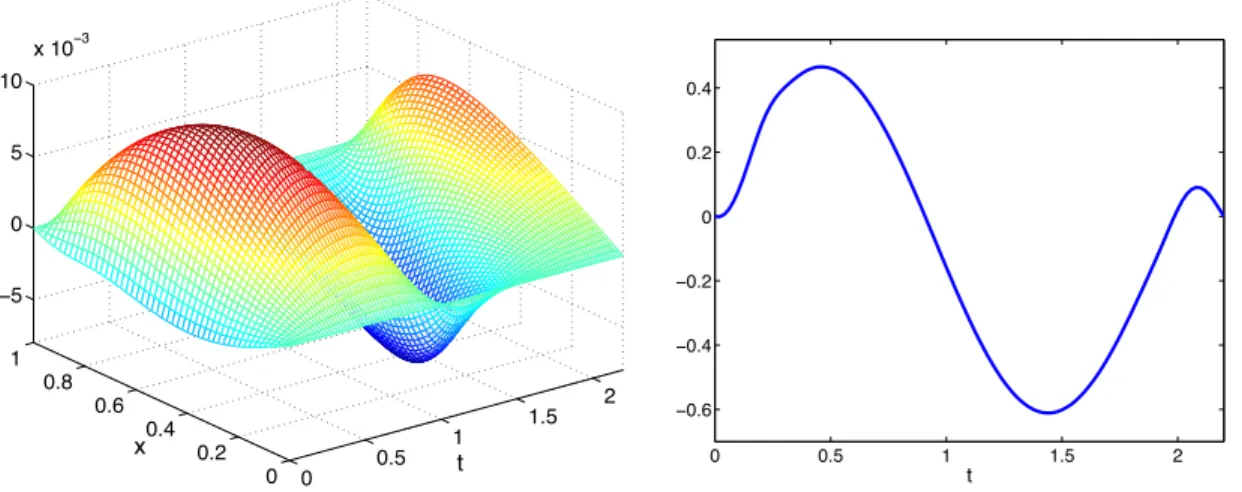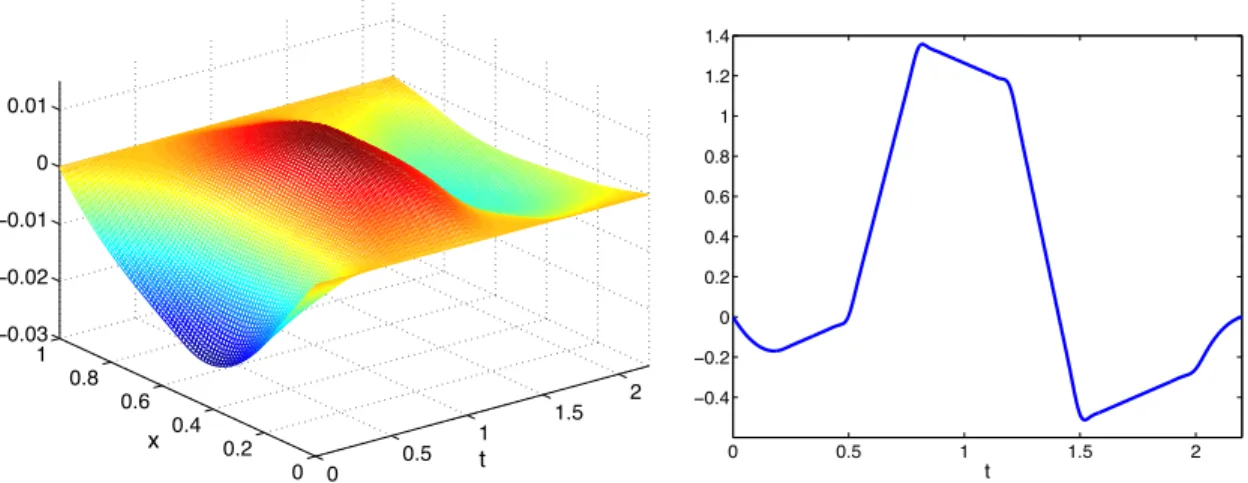Numerical controllability of the wave equation through primal methods and Carleman estimates
Texte intégral
Figure




Documents relatifs
L’archive ouverte pluridisciplinaire HAL, est destinée au dépôt et à la diffusion de documents scientifiques de niveau recherche, publiés ou non, émanant des
One important motivation for this kind of control is that the exact controllability of the wave equation with a pointwise control and Dirichlet boundary conditions fails if the point
Using uniform global Carleman estimates for semi-discrete elliptic and hyperbolic equations, we study Lipschitz and logarithmic stability for the inverse problem of recovering
Convergent algorithm based on Carleman esti- mates for the recovery of a potential in the wave equation.... FOR THE RECOVERY OF A POTENTIAL IN
The following lemma allows us to compare the results at the global scale (in variables (t, x)) and at the local scale (in variables (s, y)) in order to carry the desired result from
It is also possible to extend the previous arguments and methods to the boundary null controllability case and to the exact controllability to trajectories (with distributed or
Keywords: one-dimensional wave equation, null controllability, finite element methods, Carleman inequalities.. Mathematics Subject Classification (2010)- 35L10,
Note also that the transmutation method not only applies to the heat equation but that can be extended to a general class of parabolic like problems and, in particular, to the
